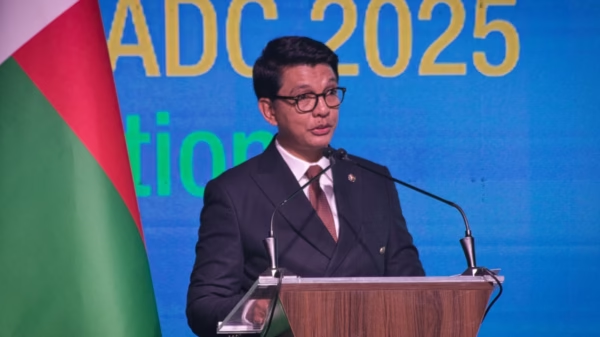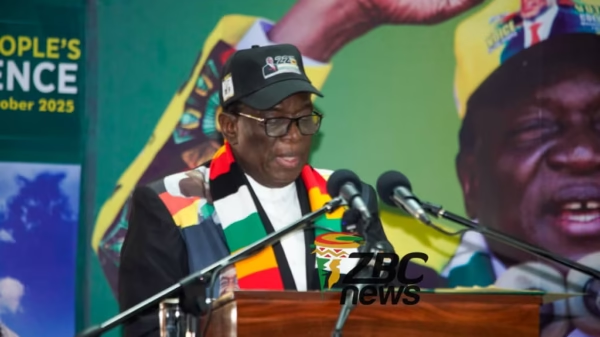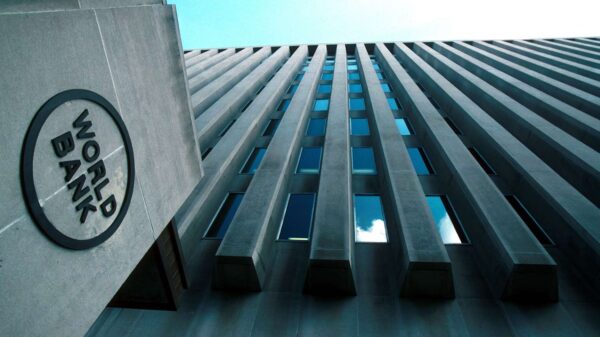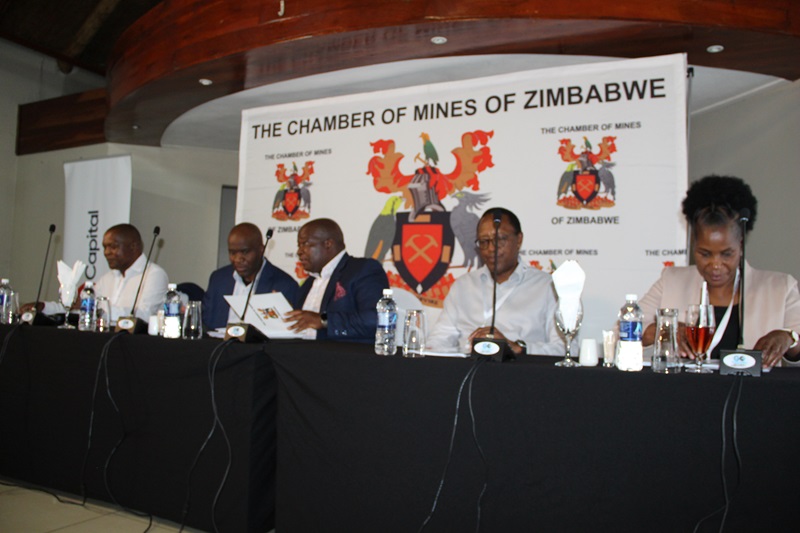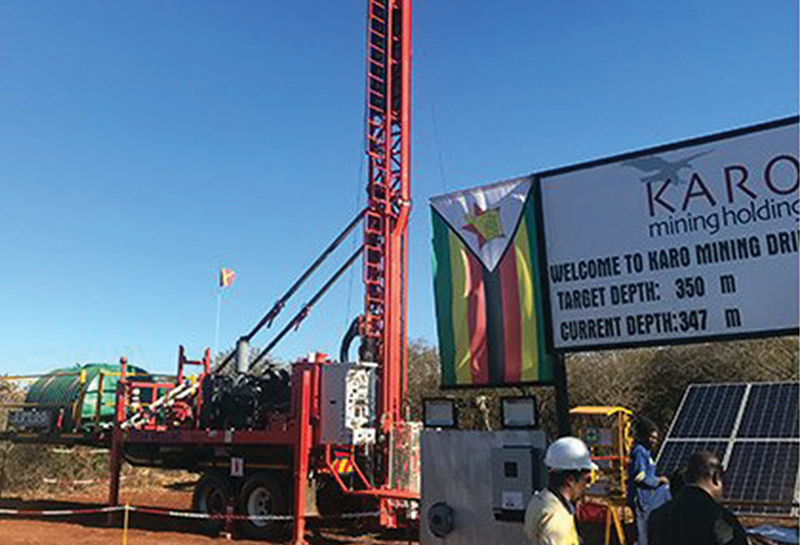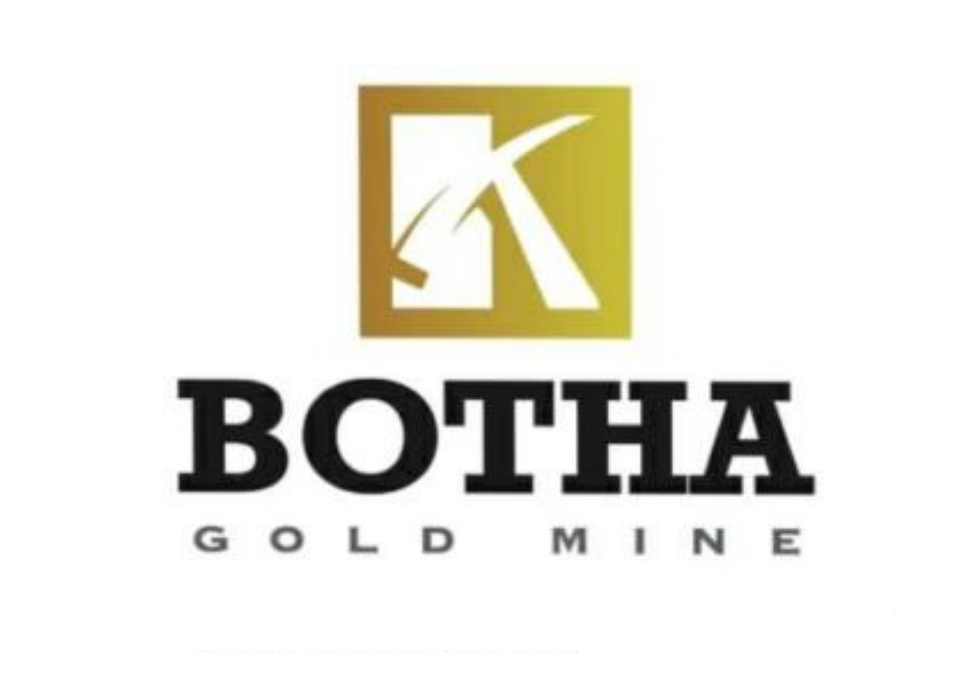The Chamber of Mines of Zimbabwe (CoMZ) has urged the Treasury to reconsider the special capital gains tax on the transfer of mining titles and royalties.
This request comes ahead of the mid-term budget statement to be presented by Finance, Economic Development, and Investment Promotion Minister, Professor Mthuli, in Harare this afternoon.
CoMZ highlighted in its submissions that the 2024 Finance Act introduced a Special Capital Gains Tax (CGT) on the transfer of mining titles. Investors are particularly concerned about the retroactive application of this tax, which is backdated ten years and applies even if titles were forfeited or abandoned.
“We believe that investors or mineral producers who complied with the law at the time of title transfer should not be penalized by this new law as it creates uncertainty about Zimbabwe as an investment destination.
“Additionally, the 20 percent tax rate is too high compared to other mining jurisdictions, potentially deterring investment in mineral exploration,” CoMZ stated.
CoMZ also pointed out that taxing gross proceeds and the buyer contradicts global best practices, where capital gains tax is charged on the transaction gain and levied on the seller.
Also read: Vendors Claim Harare Municipal Officers Demand Bribes to Avoid Arrest
“Given these issues, we appeal for a review of the new tax to align with best practices, where the tax is based on actual gain and charged to the seller.
“We also believe the tax should not be retroactive, and the rate should be kept at 5 percent as implemented in 2017.”
The mining industry, a critical part of Zimbabwe’s economy, accounts for over 75 percent of the country’s exports and employs more than 53,000 people. CoMZ also called for a review of the royalty framework, which saw a significant increase from 2.5 percent to 7 percent for platinum, affecting the viability of platinum projects.
“Data from platinum producers indicates that the royalty increase has led to a 5 percent rise in overall production costs.
“The situation has worsened due to falling Platinum Group Metals (PGM) prices, with many elements of the PGM basket seeing significant price declines in 2023.
“Platinum producers are operating at full capacity and, unlike other mineral sub-sectors, have limited ability to increase production to offset revenue losses from declining PGM prices,” CoMZ said.
“As a result, the contribution of platinum group metal miners to the economy has been declining over the past year.”
To restore viability and maximize the platinum industry’s economic contribution, CoMZ proposed a commodity price-linked royalty framework: a 3 percent royalty rate for platinum prices below US$1,100 per ounce and a 5 percent rate for prices above US$1,100 per ounce.
“This framework aligns with best practices and has been successfully applied to the gold sector, aiding platinum producers during price downturns while maximizing government revenue during price booms,” CoMZ explained.
CoMZ also noted that the 10 percent royalty rate for diamonds adversely affects mining project viability, particularly for alluvial diamond producers, who are already facing low prices.
“We are requesting a 7 percent royalty to restore diamond producer viability, aligning with best practices. In South Africa, the diamond royalty rate is 5 percent.
“The 150 percent increase in lithium royalties from 2 percent to 5 percent is also high and unsustainable for lithium producers. Most lithium projects are new and need government support for full implementation.
“Lithium prices have plummeted over the past 12 months, dropping nearly 80 percent from US$80,000 in 2022 to US$18,750 by the end of 2023 due to market oversupply,” CoMZ added.
CoMZ recommended a 3 percent royalty on lithium to support project implementation. The body also expressed concerns about the beneficiation tax on PGM concentrates, which raises production costs and affects project viability.
“Given the weak demand for PGMs due to the energy transition and electric vehicle revolution, most high-cost PGMs projects face serious viability challenges.
“Platinum producers have committed to in-country concentrate processing and have excess smelting and processing facilities.
“We appeal for a deferment of the beneficiation tax and recommend a roadmap aligned with global developments and agreements with PGMs producers finalizing their processing facilities,” CoMZ stated.
CoMZ highlighted that most mining companies face foreign exchange shortfalls for operational needs and expansion projects. Available foreign currency has decreased due to falling mineral earnings and the mandatory 75 percent application on a shrinking foreign exchange base.
“Statistics from the PGMs sector show that available foreign currency for producers has declined from around US$1.7 billion in 2022 to an estimated US$1 billion by the end of Q1 2024.
“With PGMs producers undertaking expansion projects and constructing beneficiation facilities, they now face cash flow constraints, leading some mines to defer capital projects,” CoMZ concluded.
For comments, Feedback and Opinions do get in touch with our editor on WhatsApp: +44 7949 297606

For comments, Feedback and Opinions do get in touch with our editor on WhatsApp: +44 7949 297606.









